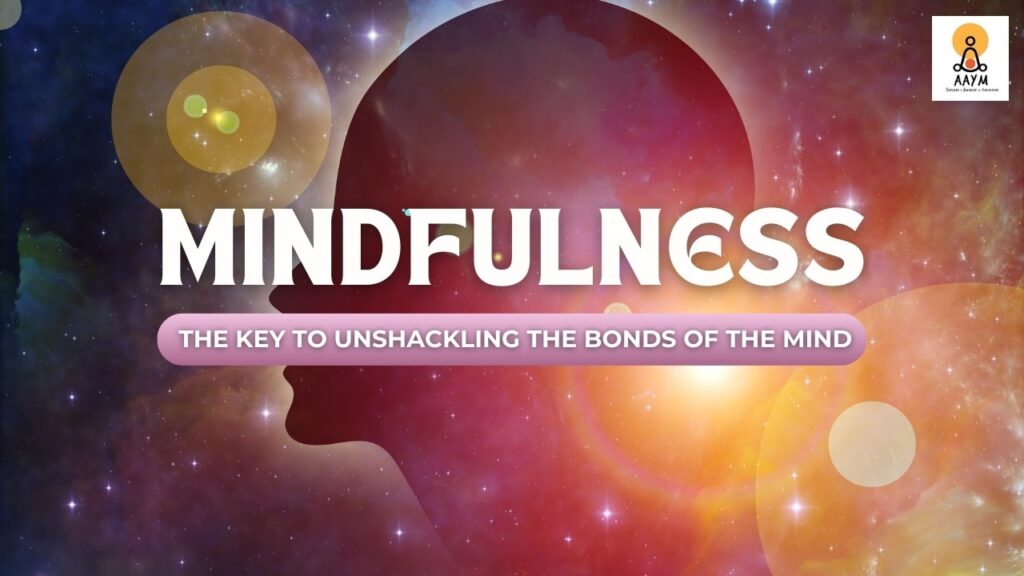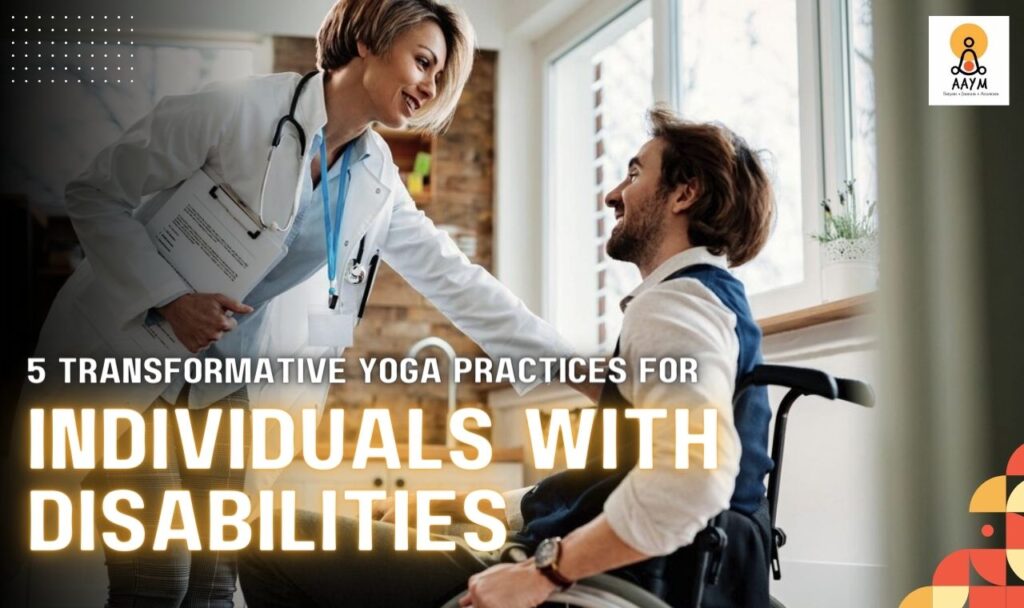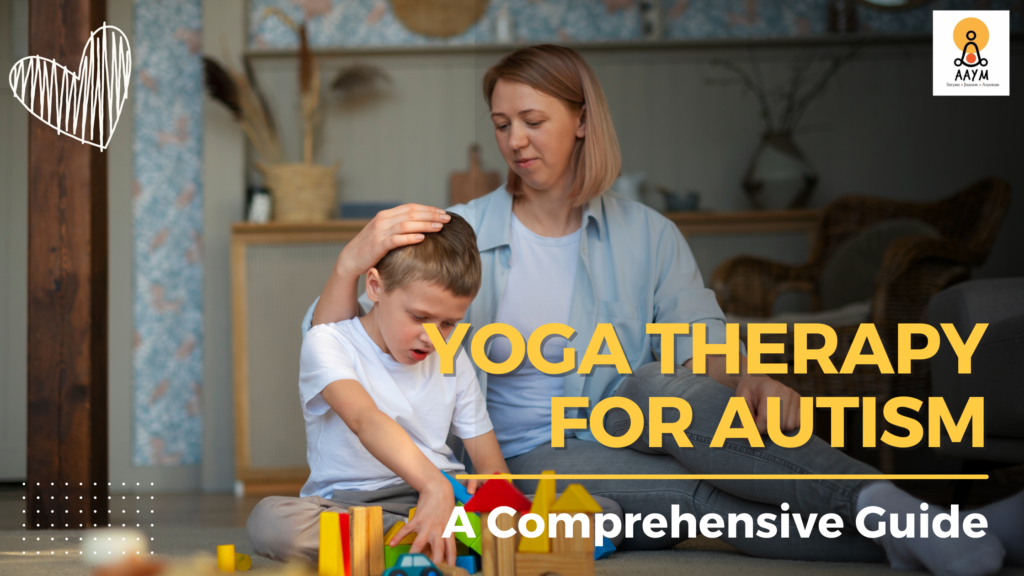Mindfulness: The Key to Unshackling the Bonds of the Mind
At the intersection of ancient wisdom and modern psychology lies a profound understanding of the human mind’s role in our liberation and self-imposed bondage. Teachings drawn from venerable texts such as the Bhagavad Gita resonate with stunning clarity in our contemporary pursuit of well-being. As elucidated in the Sanskrit shloka, “Mana Eva Manushyanam Karanam Bandha Mokshayoh,” the mind alone is the cause of bondage and liberation for humans. This profound adage serves as a foundational stone for our exploration of mindfulness. The Dichotomy of the Mind In executive MBA programs and rigorous academic pursuits alike, the mind is often a subject of intrigue. It is the canvas where the numbers from one to ten are not just tallied but experienced, sometimes limited by our preconceived notions and, at other times, liberated by an awakening of consciousness. The students facing the formidable UPSC or the CAT exams in India are a testament to the human spirit’s resilience — not failure but our response to it that defines the tapestry of our lives. Tenets of Mindfulness To unravel the enigma of the mind, let’s explore ten tenets that pave the path toward mindfulness and, ultimately, liberation: Embrace Emotional Intelligence: Harnessing emotional intelligence equips students with the tools to navigate the tumultuous waters of their inner world, leading to more profound interpersonal relationships and self-understanding. Cultivate Gratitude: By shifting focus from what’s lacking to appreciating abundance, gratitude grounds us in the present and amplifies our contentment, carving out a niche of tranquility in a tumultuous world. Develop Resilience: Resilience isn’t merely bouncing back; it’s about growing through our adversities, learning from setbacks, and emerging more vital in the crucible of life’s challenges. Detach from Material Desires: Pursuing external validation is an endless chase. Instead, finding satisfaction in personal growth and intrinsic values marks the beginning of true freedom. Challenge Limiting Beliefs: Questioning and ultimately shattering the shackles of self-limiting beliefs can reveal untapped potentials and paths to personal enlightenment. Embrace Lifelong Learning: Fostering a curious and open mind enriches our knowledge base and shapes us into adaptable, lifelong learners. Practice Mindfulness: Mindfulness teaches us to observe our thoughts without judgment, clarifying our intentions and actions. Recognize the Power of Thoughts: We empower ourselves with a renewed sense of self-efficacy by transforming negative thoughts into positive affirmations. Incorporate Mindful Practices: Integrating meditation and deep breathing exercises into our daily routine cultivates presence and attentiveness. Verse Crafting a Liberated Self The realization that we construct our mental limitations is both empowering and daunting. Mindfulness offers a systematic approach to dismantling these barriers, aligning us closer to the essence of the ‘self’ that is unbounded and free. The Role of Education Educational systems have a pivotal role to play in inculcating mindfulness. Incorporating these tenets into curriculums can revolutionize how students approach learning and life. A mindful student is academically proficient, emotionally intelligent, resilient, and, above all, liberated. Conclusion The journey toward liberation is a personal odyssey guided by the wisdom of the past and the knowledge of the present. It requires us to be ever-mindful of the power of the mind as both the creator and liberator of our reality. In this exploration, individuals can discover their path to personal growth and liberation, forging ahead with a mindful heart and an enlightened mind. “Mana Eva Manushyanam Karanam Bandha Mokshayoh”—indeed, the mind is where all chains are forged and where they are shattered. May we all tread this path with courage and mindfulness.
Mindfulness: The Key to Unshackling the Bonds of the Mind Read More »










